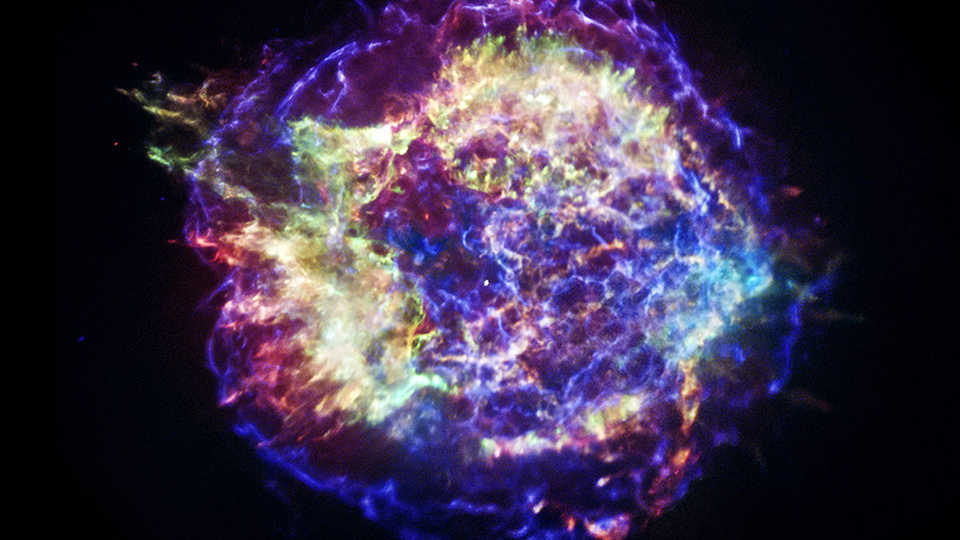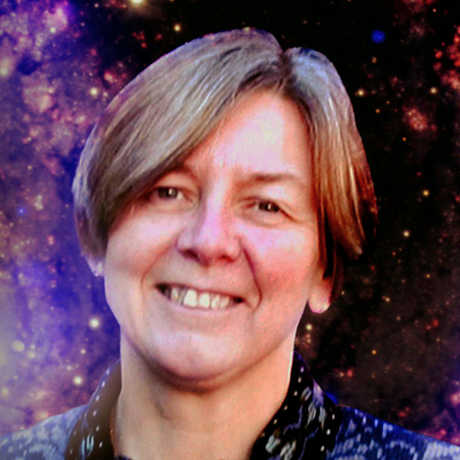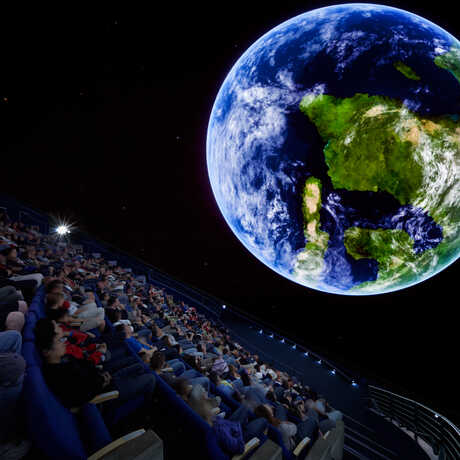$15 per guest
Member and senior price: $12. Discount applied after login.
Seating is limited and advance reservations required. To order by phone, call (877) 227-1831.

This image of supernova remnant Cassiopiea A combines visible, infrared, and x-ray views to provide a more complete picture of the object than a picture taken in only one spectral region.
Celebrating 20 years with NASA's Chandra X-ray Observatory
Monday, November 4, 7:30 pm
Morrison Planetarium
Featuring Dr. Belinda J. Wilkes, Director, Chandra X-ray Center, Center for Astrophysics/Harvard & Smithsonian
The launch of NASA's Chandra X-ray Observatory in 1999 brought X-ray astronomy into the main stream, with 10 times the resolution and the ability to see objects 100 times fainter than previous x-ray satellites.
As Chandra celebrates its 20th year of operations, Dr. Wilkes will review some of the major discoveries and highlights of its scientific progress to date. This encompasses determining whether habitable exoplanets can survive the birth of their stars, to finding very distant supermassive black holes when the Universe was 10% of its current age, and everything in between: the birth and death of stars, merging galaxies and black holes, and unexpectedly chaotic clusters of galaxies.
What does the future hold for new Chandra scientific opportunities now and over the next decade, and what might follow Chandra when it ends its illustrious career?

Born in Staffordshire, England, Belinda Wilkes studied Physics and Astronomy at the University of St. Andrews in Scotland and received her Ph.D. from the University of Cambridge. Moving to the U.S. in 1982, she worked at the University of Arizona's Steward Observatory for two years, then joined the High Energy Astrophysics Division at the Smithsonian Astrophysical Observatory. She now serves as SAO's Senior Astrophysicist as well as Director of the Chandra X-ray Center at the Harvard-Smithsonian Center for Astrophysics.
She is a Fellow of the Royal Astronomical Society and the Cambridge Philosophical Society as well as a member of the American Astronomical Society and the International Astronomical Union.
Her research focuses on the energy emissions from distant quasars, which are the most luminous objects in the Universe.
From outer space to Earth's inner core, explore the universe from Morrison Planetarium's 75-foot digital dome.
